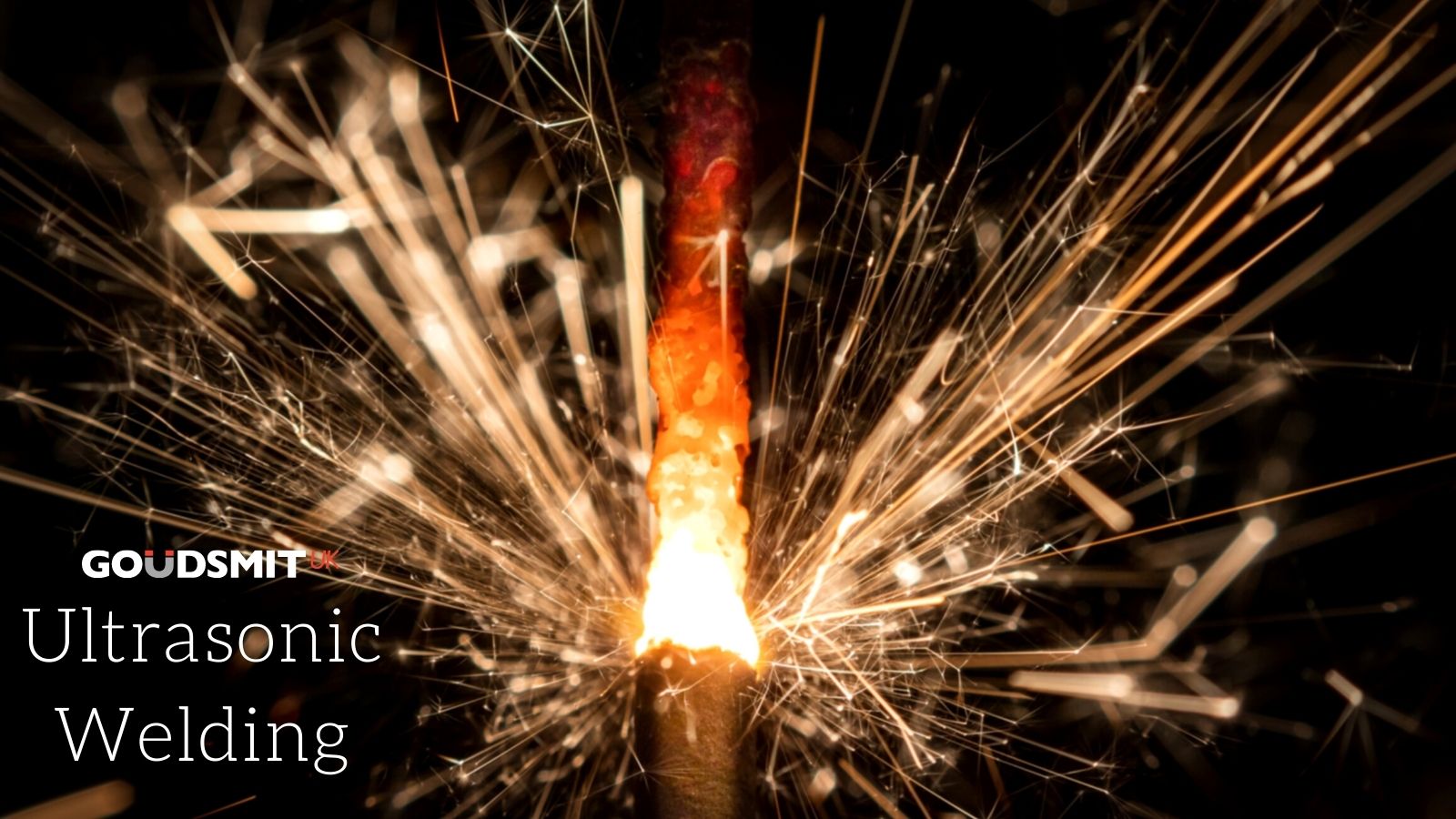In our previous blog posts we established that the correct assembly technique is an important aspect in relation to the performance of your application. After a detailed look at the pros and cons of mechanical assembly, insert moulding, over moulding and gluing, ultrasonic welding is the next assembly technique up for discussion.
What is Ultrasonic Welding?
Ultrasonic welding is a means to compress components or provide a casing. Ultimately, it’s a highly valued welding technique in which objects are joined using high-frequency ultrasonic acoustic vibrations.
Characteristics of Ultrasonic Welding
Ultrasonic welding has many characteristics, but there are two specific characteristics that ultimately differentiates it from the other assembly techniques:
- Uses high-frequency ultrasonic acoustic vibrations to join parts
- Ultrasonic welding is a suitable means for the assembly of metals and plastics
How Does It Work?
The process uses powerful, concentrated, high-frequency pulses of acoustic energy to fuse together plastics or metal foils that are pressed together. However, the energy level is not high enough to actually melt the material; but instead the combination of applied pressure and bombardment with acoustic energy is. Although, it is adequate enough to cause the molecules at the surface of the materials to vibrate so intensely that they fuse together.
Successful Ultrasonic Welding
In addition, the ability to weld a component successfully is governed by;
- The design of the equipment
- The mechanical properties of the material to be welded
- The design of the components and joint
The Process
Furthermore, the process of ultrasonic welding can be described in six steps:
- The components are placed in an anvil;
- The horn contacts the parts to be welded;
- Pressure is then applied to hold the materials together;
- The horn delivers ultrasonic vibrations to heat up the material, the vibrations move less than a millimetre either up-and-down or side-to-side;
- The materials are welded together;
- The horn is then removed and the welded materials can be removed from the anvil.
The welding times, applied pressures and temperatures are controlled by a computer within the welding apparatus. An important note to remember is what happens during the welding process depends on the nature of the materials. For metals, the ultrasonic vibrations are delivered parallel to the plane of the materials. The frictional heat increases the temperature of the metal surfaces to about one third of the melting temperature, but does not melt the metals. Instead, the heat removes metal oxides from the surfaces. Moreover, this allows the metal atoms to move between the two surfaces and form bonds that hold the metals together.
Applications

Ultrasonic welding times are short, generally less than one second, which makes the process ideal for mass production. Therefore, the process is widely accepted in many applications, to include:
- Automotive
- Packaging
- Medical
- Electronics
- Aerospace
Benefits
In addition to being used across multiple applications, ultrasonic welding presents a number of benefits:
- The drying time is very quick, therefore, products are produced faster.
- The low thermal impact on the materials involved allows a greater number of materials to be welded together.
- Ultrasonic welding is much faster than traditional adhesives.
- The area of the weld is very clean and rarely requires any touch-up work.
- The welding can easily be automated, making clean and precise joints.
Disadvantages
Despite the benefits outweighing the drawbacks, ultrasonic welding has some drawbacks:
- If the materials are too thick, ultrasonic welding is not an effective way to join them.
- Ultrasonic welding is restricted to the lap joints, challenging high-strength, high-hardness materials.
- Ultrasonic welding has difficulty welding high-strength materials.

Goudsmit UK
In terms of an assembly technique, ultrasonic welding is fast, efficient, non-toxic and requires no consumables. It’s the perfect welding technology for assembling automotive parts on a wide range of quality vehicles, crafting lifesaving medical devices and sealing modern food packaging. Whatever your ultrasonic welding challenge is, we at Goudsmit UK can solve it with a customised solution for your business.
Contact us today for more information at info@goudsmit.co.uk or on +44 (0) 2890 271 001.
For more information download our products and services brochure.







